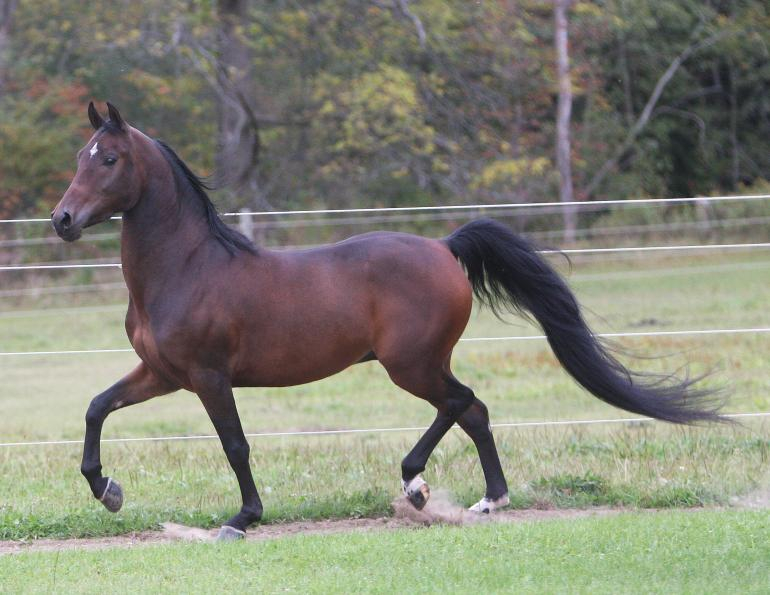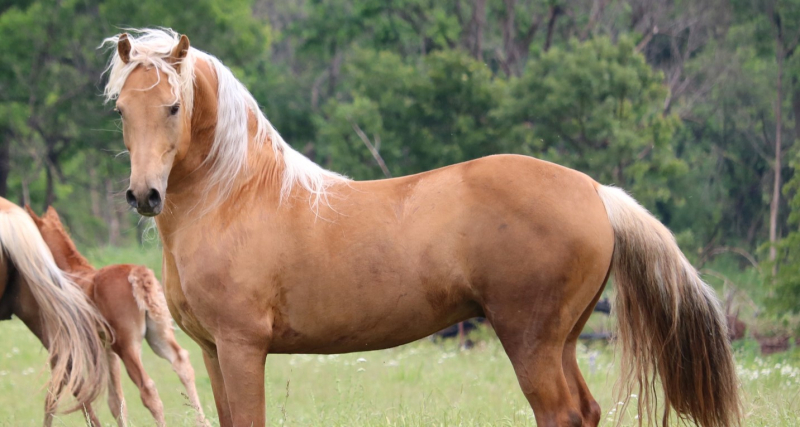Morgan
One of the first horse breeds to be established in the US was the Morgan. Following in the footsteps of the foundation sire Figure, who was later given the name Justin Morgan in honor of his most well-known owner, Morgans played numerous roles in 19th-century American history, including those of coach horses, harness race horses, all-purpose riding horses, and cavalry horses on both sides of the American Civil War.
Major American breeds including the American Quarter Horse, Tennessee Walking Horse, and Standardbred have all been impacted by Morgans. They were exported during the 19th and 20th centuries, including to England, where a Morgan stallion had an impact on the development of the Hackney horse. To preserve and advance the Morgan breed, the US Department of Agriculture founded the US Morgan Horse Farm close to Middlebury, Vermont, in 1907. The farm was later given to the University of Vermont. Since the first breed registry was created in 1909, several organizations have grown in the US, Europe, and Oceania. In 2005, there were reportedly around 175,000 Morgan horses in existence.
The Morgan is a small, elegant breed that is often bay, black, or chestnut in color, however, they are also available in many other hues, including many pinto varieties. The breed is renowned for its adaptability and is utilized in both English and Western disciplines. The Morgan is the state horse of Massachusetts, the state mammal of Rhode Island, and the official animal of Vermont. The breed has been depicted in works by well-known children's writers including Marguerite Henry and Ellen Feld; Henry's Justin Morgan Had a Horse was later turned into a Disney film.












